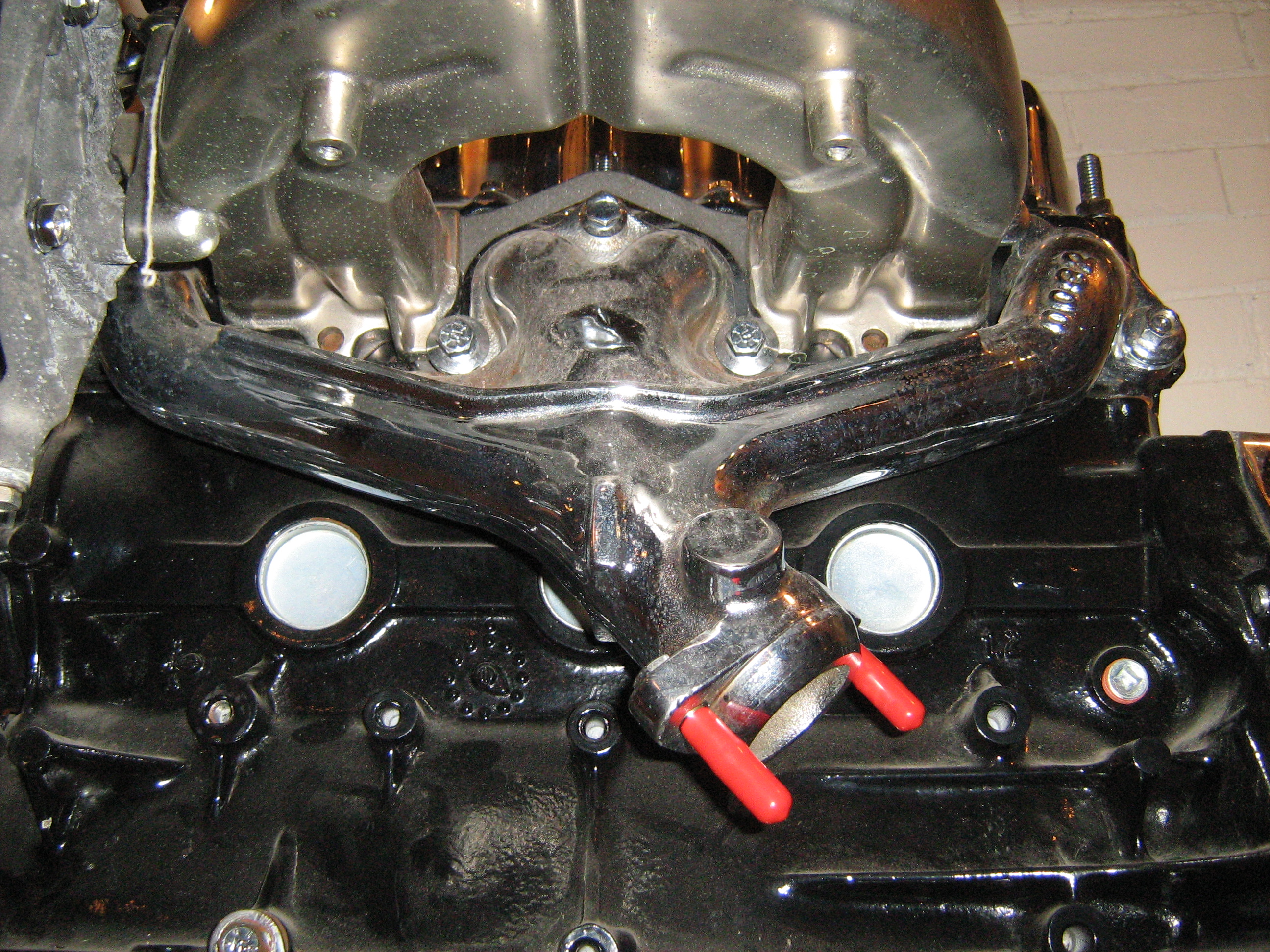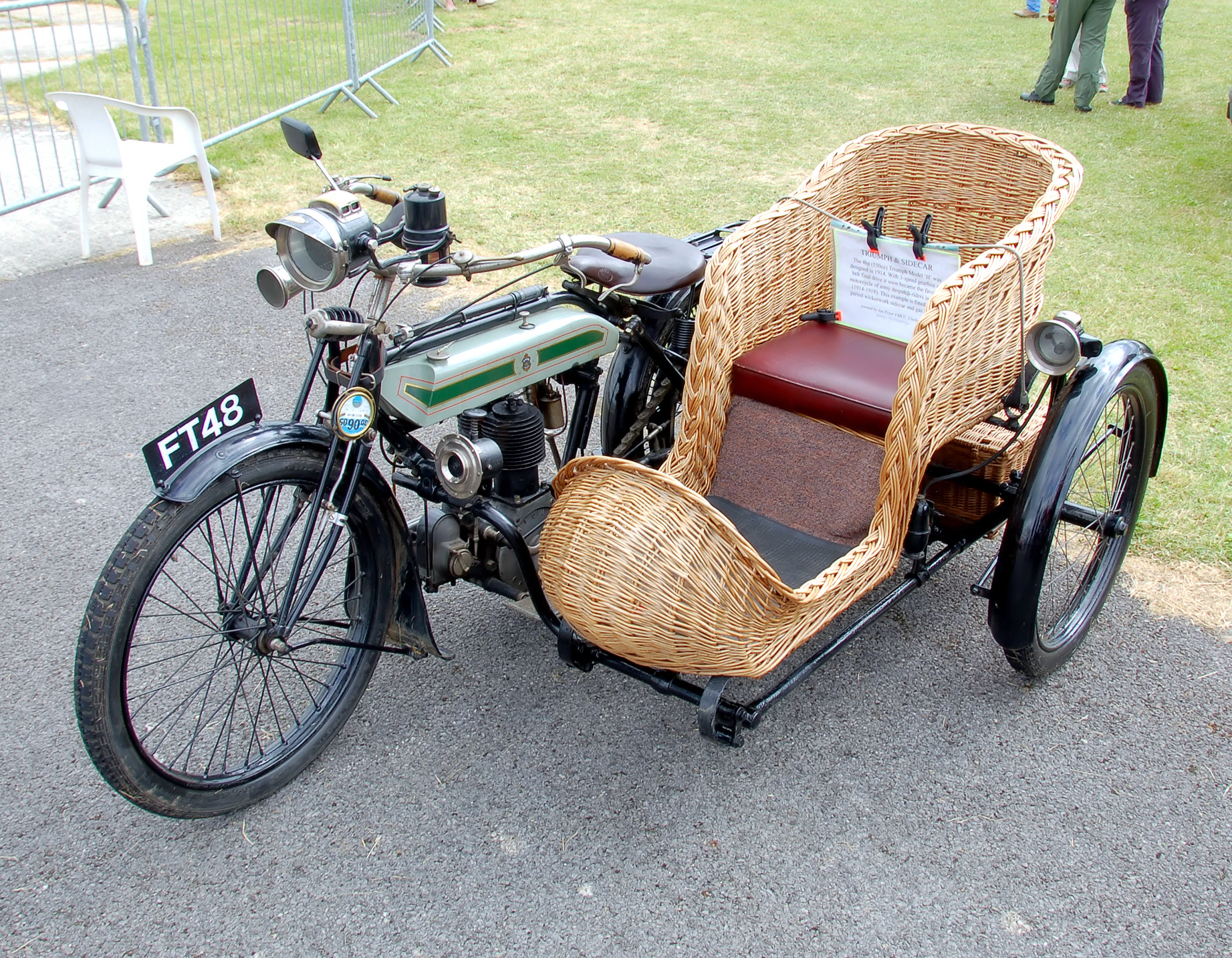|
Laverda 750S
The Laverda 750 is a air cooled SOHC 4 stroke parallel twin motorcycle produced by the Italian manufacturer Laverda from 1968 to 1976. Developed from the company's 650, the engine's design drew heavily from the Honda CB77. Around 18,000 machines were produced. Development Laverda's production was of small capacity singles and twins. General manager, Massimo Laverda, visited the US in 1964 to study the market there. On his return he persuaded his father, Laverda motorcycles founder Francesco Laverda, that to succeed in the US they needed to produce a larger capacity twin. Massimo Laverda brought three motorcycles, a Honda CB77, Norton 650SS and a BMW R69S which were stripped and examined. Although the Laverda took elements from all three, the Luciano Zen designed engine was heavily based on the Honda is a Japanese public multinational conglomerate manufacturer of automobiles, motorcycles, and power equipment, headquartered in Minato, Tokyo, Japan. Honda has been the w ... [...More Info...] [...Related Items...] OR: [Wikipedia] [Google] [Baidu] |
Laverda
Laverda (''Moto Laverda S.A.S. – Dottore Francesco Laverda e fratelli'') was an Italian manufacturer of high performance motorcycles. The motorcycles in their day gained a reputation for being robust and innovative. The Laverda brand was absorbed by Piaggio when, in 2004, Piaggio absorbed Aprilia. Piaggio has elected to quietly close all activities related to the Laverda brand and has publicly stated that they would be willing to sell the rights to the brand if an investor should appear. As of 2015, Laverda.com no longer redirects to Aprilia's website. As of 2021, laverda.com shows the history of the company between 1873 and 2004. History Early history The roots of the Laverda Motorcycle company go back to 1873, when Pietro Laverda (1845-1930) decided to start an agricultural engines enterprise – Laverda (harvesters), Laverda S.p.A. – in the small rural village of Breganze in Vicenza province (North-East of Italy). Almost exactly three quarters of a century later, with ... [...More Info...] [...Related Items...] OR: [Wikipedia] [Google] [Baidu] |
BMW R69S
The R69S, R69US, and R69 are motorcycles, fitted with 594 cc boxer twin engines, that were manufactured by BMW in Munich, Germany. Production history From 1955 to 1969, 15,347 of these 594 cc shaft-drive, opposed twin motorcycles were built. The R69 was produced from 1955 to 1960, the R69S was produced from 1960 to 1969, and the 42 hp R69US was produced from 1968 to 1969. These models were designed as relatively high powered, high compression sport bikes, although the Earles fork R69 and R69S came with sidecar lugs installed on the frames. These lugs were deleted from the telescopic fork "US" models. The low compression R60/2, produced from 1955 to 1960, was designed primarily for sidecar use, though it was popularly used as a solo bike, along with the 30 hp R60US, which was produced between 1968 and 1969. The sport-oriented R69S, R69US, and R69 succeeded the plunger-framed 1951 to 1955 R68, which had an engine very similar to that in the later R ... [...More Info...] [...Related Items...] OR: [Wikipedia] [Google] [Baidu] |
Exhaust System
An exhaust system is used to guide reaction exhaust gases away from a controlled combustion inside an engine or stove. The entire system conveys burnt gases from the engine and includes one or more exhaust pipes. Depending on the overall system design, the exhaust gas may flow through one or more of: *Cylinder head and exhaust manifold *A turbocharger to increase engine power. *A catalytic converter to reduce air pollution. *A muffler (North America) / silencer (UK/India), to reduce noise. Design criteria An exhaust pipe must be carefully designed to carry toxic and/or noxious gases away from the users of the machine. Indoor generators and furnaces can quickly fill an enclosed space with poisonous exhaust gases such as hydrocarbons, carbon monoxide and nitrogen oxides, if they are not properly vented to the outdoors. Also, the gases from most types of machines are very hot; the pipe must be heat-resistant, and it must not pass through or near anything that can burn or can b ... [...More Info...] [...Related Items...] OR: [Wikipedia] [Google] [Baidu] |
Twin-leading-shoe Drum Brake
A drum brake is a brake that uses friction caused by a set of shoes or pads that press outward against a rotating cylinder-shaped part called a brake drum. The term ''drum brake'' usually means a brake in which shoes press on the inner surface of the drum. When shoes press on the outside of the drum, it is usually called a '' clasp brake''. Where the drum is pinched between two shoes, similar to a conventional disc brake, it is sometimes called a ''pinch drum brake'', though such brakes are relatively rare. A related type called a band brake uses a flexible belt or "band" wrapping around the outside of a drum. History The modern automobile drum brake was first used in a car made by Maybach in 1900, although the principle was only later patented in 1902 by Louis Renault. He used woven asbestos lining for the drum brake lining, as no alternative dissipated heat like the asbestos lining, though Maybach had used a less sophisticated drum brake. In the first drum brakes, levers ... [...More Info...] [...Related Items...] OR: [Wikipedia] [Google] [Baidu] |
Compression Ratio
The compression ratio is the ratio between the volume of the cylinder and combustion chamber in an internal combustion engine at their maximum and minimum values. A fundamental specification for such engines, it is measured two ways: the static compression ratio, calculated based on the relative volumes of the combustion chamber and the cylinder when the piston is at the bottom of its stroke, and the volume of the combustion chamber when the piston is at the top of its stroke. The dynamic compression ratio is a more advanced calculation which also takes into account gasses entering and exiting the cylinder during the compression phase. Effect and typical ratios A high compression ratio is desirable because it allows an engine to extract more mechanical energy from a given mass of air–fuel mixture due to its higher thermal efficiency. This occurs because internal combustion engines are heat engines, and higher compression ratios permit the same combustion temperature to ... [...More Info...] [...Related Items...] OR: [Wikipedia] [Google] [Baidu] |
Laverda 750 P1
Laverda (''Moto Laverda S.A.S. – Dottore Francesco Laverda e fratelli'') was an Italian manufacturer of high performance motorcycles. The motorcycles in their day gained a reputation for being robust and innovative. The Laverda brand was absorbed by Piaggio when, in 2004, Piaggio absorbed Aprilia. Piaggio has elected to quietly close all activities related to the Laverda brand and has publicly stated that they would be willing to sell the rights to the brand if an investor should appear. As of 2015, Laverda.com no longer redirects to Aprilia's website. As of 2021, laverda.com shows the history of the company between 1873 and 2004. History Early history The roots of the Laverda Motorcycle company go back to 1873, when Pietro Laverda (1845-1930) decided to start an agricultural engines enterprise – Laverda S.p.A. – in the small rural village of Breganze in Vicenza province (North-East of Italy). Almost exactly three quarters of a century later, with a spirit of enterpris ... [...More Info...] [...Related Items...] OR: [Wikipedia] [Google] [Baidu] |
Suzuki
is a Japan, Japanese multinational corporation headquartered in Minami-ku, Hamamatsu, Japan. Suzuki manufactures automobiles, motorcycles, All-terrain vehicle, all-terrain vehicles (ATVs), outboard motor, outboard marine engines, wheelchairs and a variety of other small internal combustion engines. In 2016, Suzuki was the Automotive industry#By manufacturer, eleventh biggest automaker by production worldwide. Suzuki has over 45,000 employees and has 35 production facilities in 23 countries, and 133 distributors in 192 countries. The worldwide sales volume of automobiles is the world's tenth largest, while domestic sales volume is the third largest in the country. Suzuki's domestic motorcycle sales volume is the third largest in Japan. History In 1909, Michio Suzuki (inventor), Michio Suzuki (1887–1982) founded the Suzuki Loom Works in the small seacoast village of Hamamatsu, Japan. Business boomed as Suzuki built loom, weaving looms for Japan's giant silk industry. In 1929 ... [...More Info...] [...Related Items...] OR: [Wikipedia] [Google] [Baidu] |
Triumph Engineering
Triumph Engineering Co Ltd was a British motorcycle manufacturing company, based originally in Coventry and then in Meriden. A new company, Triumph Motorcycles Ltd, based in Hinckley, gained the name rights after the end of the company in the 1980s and is now one of the world's major motorcycle manufacturers. Origins The company was started by Siegfried Bettmann, who had emigrated from Nuremberg, part of the German Empire, to Coventry in England in 1883. In 1884, aged 20, Bettmann had founded his own company, the S. Bettmann & Co. Import Export Agency, in London. Bettmann's original products were bicycles, which the company bought and then sold under its own name. Bettmann also distributed sewing machines imported from Germany. In 1886, Bettmann sought a more specific name, and the company became known as the Triumph Cycle Company. A year later, the company was registered as the New Triumph Co. Ltd, now with funding from the Dunlop Pneumatic Tyre Company. During that year, ... [...More Info...] [...Related Items...] OR: [Wikipedia] [Google] [Baidu] |
Crankshaft
A crankshaft is a mechanical component used in a piston engine to convert the reciprocating motion into rotational motion. The crankshaft is a rotating shaft containing one or more crankpins, that are driven by the pistons via the connecting rods. The crankpins are also called ''rod bearing journals'', and they rotate within the "big end" of the connecting rods. Most modern crankshafts are located in the engine block. They are made from steel or cast iron, using either a forging, casting or machining process. Design The crankshaft located within the engine block, held in place via main bearings which allow the crankshaft to rotate within the block. The up-down motion of each piston is transferred to the crankshaft via connecting rods. A flywheel is often attached to one end of the crankshaft, in order to smoothen the power delivery and reduce vibration. A crankshaft is subjected to enormous stresses, in some cases more than per cylinder. Crankshafts for single-cylin ... [...More Info...] [...Related Items...] OR: [Wikipedia] [Google] [Baidu] |
Earls Court Exhibition Centre
Earls Court Exhibition Centre was a major international exhibition and events venue just west of central London. At its peak it is said to have generated a £2 billion turnover for the economy. It replaced exhibition and entertainment grounds, originally opened in 1887, with an art moderne structure built between 1935 and 1937 by specialist American architect C. Howard Crane. With the active support of London mayor Boris Johnson, in an attempt to create Europe's "largest regeneration scheme", its proposed heritage listing was refused after it was acquired by developers, who promptly in 2008 applied for and were granted a Certificate of Immunity from Listing by English Heritage, and its demolition was completed in 2017. Located in Earl's Court but straddling the boundary between the Royal Borough of Kensington and Chelsea and the Borough of Hammersmith and Fulham, it was the largest such venue within the capital served by two London Underground stations—one of them, Earl's ... [...More Info...] [...Related Items...] OR: [Wikipedia] [Google] [Baidu] |








